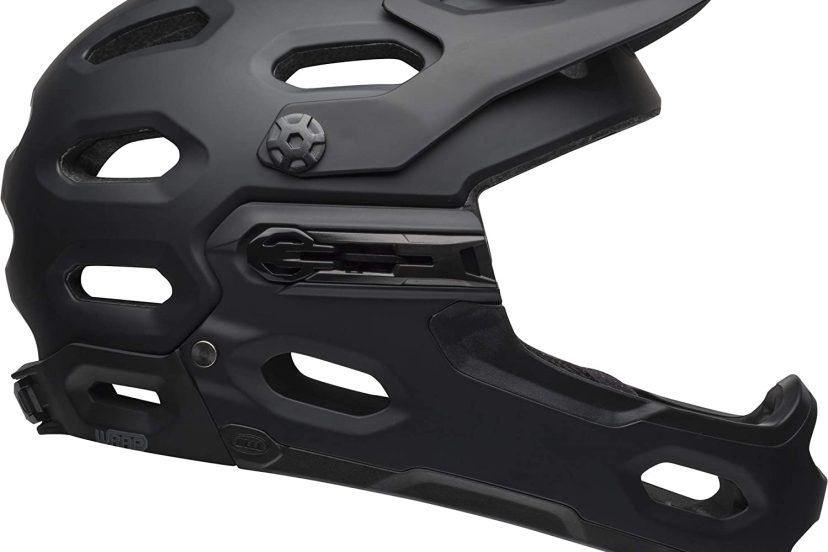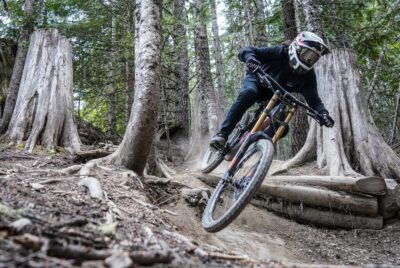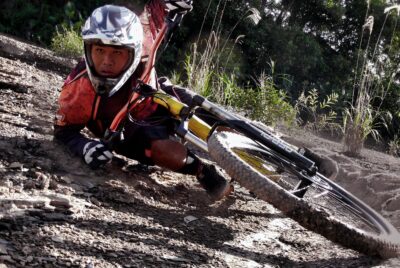Safety Precautions for Mountain Biking Adventures
Introduction
As an avid mountain biker, I understand the thrill and excitement that comes with exploring the trails. However, it’s crucial to prioritize safety to ensure enjoyable and incident-free adventures. In this article, I will share valuable safety precautions that every mountain biker should follow. By being prepared and cautious, you can minimize risks and fully enjoy the beauty of mountain biking.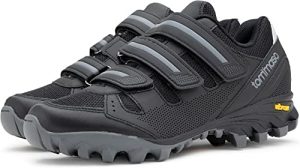
Importance of Safety
Safety should always be a top priority when embarking on mountain biking adventures. It not only protects you from potential injuries but also ensures the well-being of others sharing the trails. By adopting proper safety measures, you can minimize accidents, promote responsible riding, and contribute to a positive mountain biking community.
Proper Gear and Equipment
Having the right gear and equipment is essential for a safe mountain biking experience. Start with a well-fitted helmet that provides adequate head protection. Additionally, wear appropriate clothing that offers comfort, protection, and visibility. Don’t forget to invest in sturdy gloves, knee and elbow pads, and durable shoes with good traction. Carrying a first aid kit and a cell phone for emergencies is also highly recommended.
Trail Selection
Choose trails that match your skill level and experience. Be honest with yourself about your abilities and gradually progress to more challenging trails as you improve. Research and gather information about the trail’s difficulty rating, terrain, and any potential hazards. Familiarize yourself with the trail map and adhere to any closures or restrictions. Respect private property and obtain necessary permits when riding in designated areas.
Bike Maintenance
Regular bike maintenance is crucial for both performance and safety. Before each ride, inspect your bike for any loose bolts, worn-out brake pads, or damaged components. Ensure your tires are properly inflated, and the chain is well-lubricated. Test your brakes and gears to ensure they are functioning correctly. If you are unsure about bike maintenance, consult a professional mechanic to perform regular tune-ups and inspections.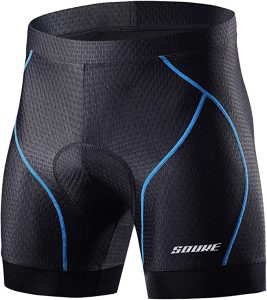
Riding Techniques
Developing proper riding techniques enhances control, stability, and safety. Maintain a balanced and relaxed body position while riding, with your knees and elbows slightly bent. Look ahead and anticipate obstacles to react promptly. Practice braking techniques, such as using both front and rear brakes simultaneously. Learn how to shift gears efficiently to match the terrain. Improve your bike handling skills by taking lessons or participating in skills clinics.
Weather Considerations
Weather conditions can greatly impact your mountain biking experience. Stay informed about the weather forecast before heading out on a ride. Dress appropriately for the conditions, layering your clothing to adapt to temperature changes. Be cautious of wet or slippery surfaces, as they can affect traction and control. In extreme weather conditions, such as thunderstorms or high winds, it’s best to postpone your ride for safety reasons.
Trail Etiquette
Respecting trail etiquette not only ensures a safer ride but also promotes a positive and inclusive mountain biking community. Yield to other trail users, such as hikers or horseback riders, and pass them with care and courtesy. Stay on designated trails and avoid damaging vegetation or sensitive habitats. Leave no trace and pack out any trash or litter. Be mindful of your speed, especially in crowded or shared trail areas.
Emergency Preparedness
Being prepared for emergencies is essential when venturing into remote or unfamiliar trails. Carry essential items such as a map, compass, whistle, and flashlight. Familiarize yourself with basic first aid procedures and carry a basic first aid kit. Learn how to handle common injuries like cuts, sprains, or bee stings. If riding alone, inform someone about your planned route and estimated return time. In case of a severe emergency, call for professional help or contact the local authorities.
Importance of Training
Training not only enhances your riding skills but also improves your safety on the trails. Consider taking mountain biking courses or joining group rides led by experienced riders. These opportunities provide valuable guidance, feedback, and a chance to learn from others. Enhancing your physical fitness through regular exercise and strength training can also contribute to safer and more enjoyable rides.
Conclusion
Mountain biking adventures offer endless excitement and opportunities for exploration. By prioritizing safety and following these precautions, you can embark on memorable rides while minimizing risks. Remember, responsible riding, proper gear, trail awareness, and emergency preparedness are essential components of a safe and enjoyable mountain biking experience.
FAQs
FAQ 1: What type of helmet should I wear for mountain biking?
A: It’s recommended to wear a full-face or trail helmet specifically designed for mountain biking. These helmets provide enhanced protection for your head, including the face and chin, without compromising comfort or visibility.
FAQ 2: Can I ride alone on remote trails?
A: While riding alone can be a personal preference, it’s generally safer to ride with a buddy or in a group, especially when exploring remote or unfamiliar trails. Riding with others provides assistance in case of emergencies or mechanical issues.
FAQ 3: Are knee and elbow pads necessary for mountain biking?
A: Knee and elbow pads are not mandatory, but they offer an extra layer of protection for your joints and help reduce the risk of injuries from falls or crashes. They are particularly recommended for more technical and challenging trails.
FAQ 4: What should I do if I encounter wildlife on the trails?
A: If you encounter wildlife while mountain biking, maintain a safe distance and avoid disturbing or provoking the animals. Slow down, give them space, and allow them to move away. It’s important to respect and coexist with the natural environment.
FAQ 5: How do I navigate through technical trail sections?
A: When encountering technical trail sections, maintain a focused mindset and choose the best line that suits your skill level. Shift your body weight, use proper braking techniques, and adjust your bike’s suspension to effectively handle obstacles and maintain control.

